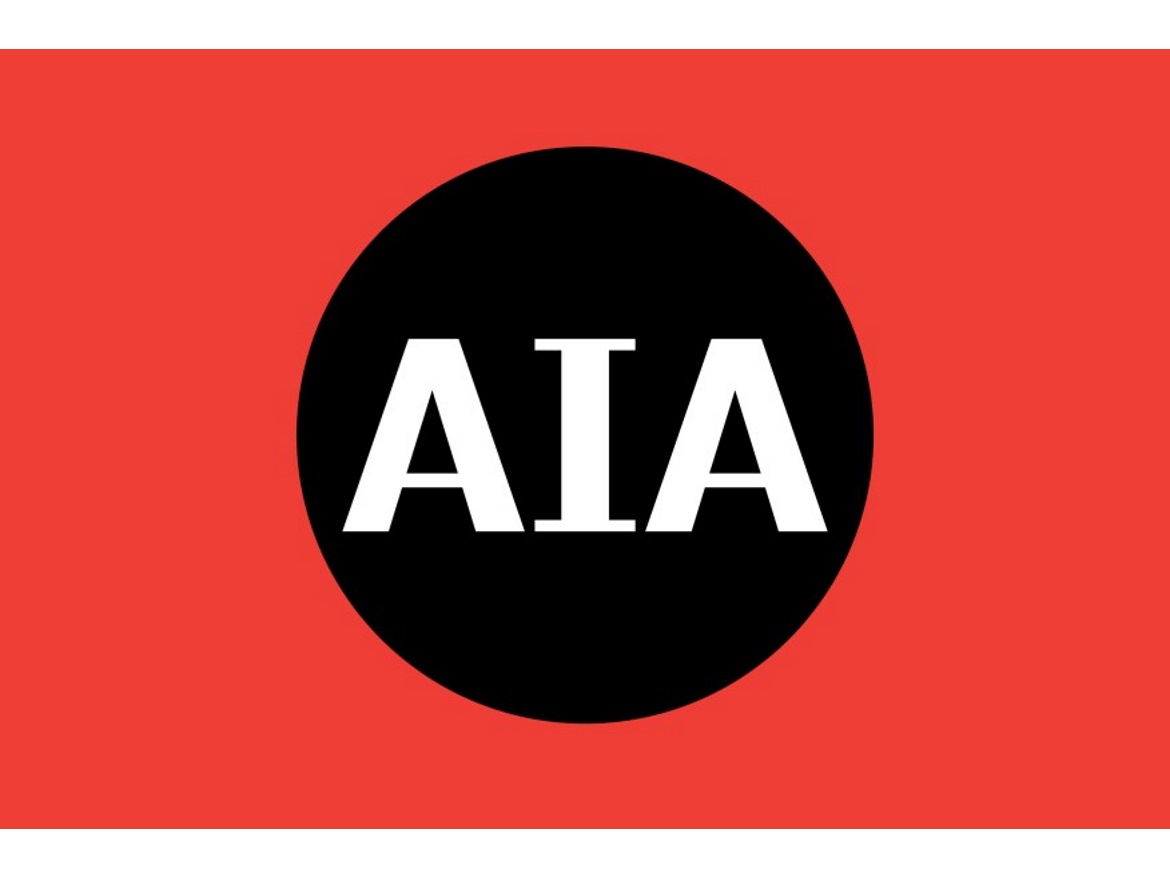AIA Awards Research Grants to Advance Climate Action

The American Institute of Architects (AIA) Upjohn Research Initiative provides up to $30,000 to four research projects that will advance sustainable architectural design and practice.
The purpose of the grant is to provide base funds for applied research projects that will advance the design profession’s knowledge and practice. This year’s recipients will research climate change mitigation and adaptation strategies for the built environment.
This year’s selected projects advance climate action research in a variety of ways, including addressing carbon-reducing materials; a framework and how-to guide for resettlement from the effects of sea-level rise and climate change; adaptive building envelope design; and updates to a free embodied carbon calculator.
Adaptive Envelopes for a Changing Climate: Exploring Bistability for Building Envelope Design
Principal Investigators: José Pinto Duarte, PhD (Penn State); Elena Vazquez (Penn State); Zoubeida Ounaies, PhD (Penn State)
Collaborator: Neil Katz, AIA (Skidmore, Owings and Merrill (SOM))
Working with material scientists, engineers, and an architecture firm, this project will generate design guidelines for adaptive building envelopes using bistable laminates. As the first architectural application of these laminates, this research will develop a prototype for a bistable adaptive envelope actuated with a smart terpolymer material. This combination provides a novel approach for kinetic building envelopes. It serves as an energy-efficient solution for high-performing buildings able to adapt to changing environmental conditions.
Build Carbon Neutral v2.0: A Free Online Embodied Carbon Calculator for Approximate Building and Landscape Impacts
Principal Investigators: Sean Cryan (Mithun); Claire McConnell (Mithun), Chuck McDowell (Mithun)
Collaborators: Katie Stege, Assoc. AIA (Mithun)
Build Carbon Neutral v2.0 will expand on an existing carbon calculator used online since 2007. It will allow for more detailed conversations and better understanding of the elements that contribute most to the embodied carbon of a building. One of the steps in reducing carbon emissions associated with construction is understanding what the impacts may be. An easy, early assessment of those impacts will provide design teams with a baseline condition for further, more detailed Life Cycle Assessment (LCA), and the opportunity to educate clients as to those impacts based on specific elements of design, which can be varied. This project intends to expand the calculator inputs to allow for estimates for the full building. The project also expands the site and landscape component of the tool to include the calculation of above-ground biomass and site materials.
Mix Design Standard and Strength Gain Correlations Testing for Stabilized Compressed Earth Block (SCEB) Units
Principal Investigators: Lauran Drown, AIA (Wiss, Janney, Elstner Associates); Michael Donoghue, PE (Maritech Engineering)
Collaborators: Celia Mendoza (Earthen Construction Initiative); Ron Evans (De la Tierra Construction); Ryan Runge (Advanced Earthen Construction Technologies)
With a lack of tested standards for quality assurance and no commercially available mixes specific to earthen construction, wider adoption of earthen materials has not been realized. This research will outline the material proportions and mixing process requirements to reliably and repeatedly fabricate SCEB units on a small-to-medium production scale. The Mix Design Standard will be geared toward streamlining unit fabrication to facilitate wider adoption of earthen construction, unlocking its potential to reduce embodied carbon in the building industry and providing data-driven storytelling to show how SCEBs contribute to climate solutions.
unPLANningMIAMI: A Transformative Design Framework for Strategic Decline and Resettlement of South Florida from the Effects of Sea-level Rise and Climate Change
Principal Investigator: Jeffrey E. Huber, FAIA (Brooks + Scarpa Architects; Florida Atlantic University School of Architecture)
unPLANningMIAMI builds upon current design solutions that link urban, architectural, and landscape architectural strategies for flood exceedance. The outcome will be a design and construction manual illustrating how to retrofit traditional planning and urban design to include addressing storm surge, sea-level rise, and changing rainfall and runoff patterns of the heavily developed South Florida coastal zone. Through diagrams and illustrations, this manual will describe how adaptation and transformative design approaches can be replicated and adopted in other densely developed coastal areas.
Grant recipients were selected by a seven-member jury comprised of members from the AIA College of Fellows and AIA Board Knowledge Committee. Juror process and deliberations for selecting recipients were consistent with the double blind-peer review intent of the program, which helps add an element of rigor to the process whereby proposals are debated on their own merits.
Past recipients of the Upjohn Research Initiative can be reviewed on AIA’s website.
Looking for a reprint of this article?
From high-res PDFs to custom plaques, order your copy today!






